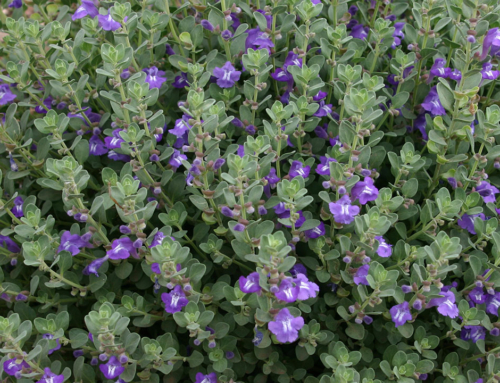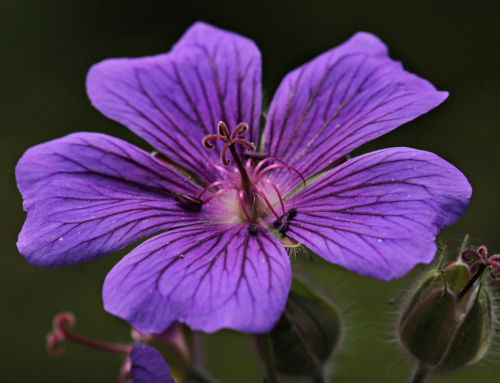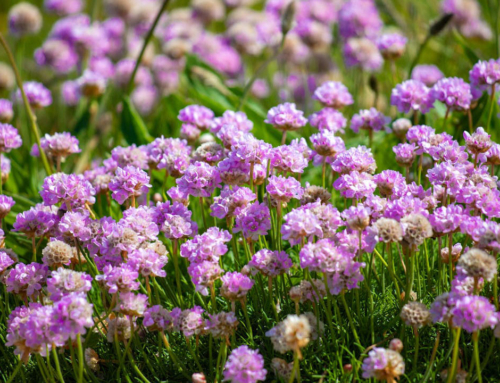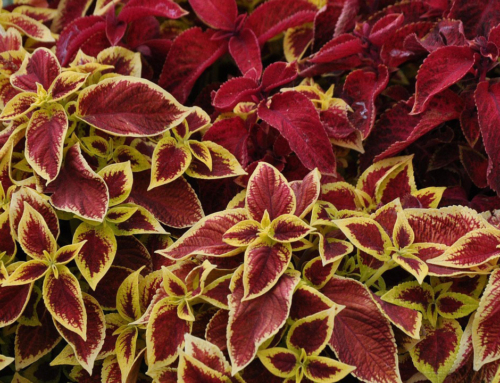By Sharon Decker, Hennepin County Master Gardener
Can an unruly, self-sustaining hugelkultur garden be tamed to fit into a suburban front lawn and not distress the neighbors? This was the question I asked myself last spring when I decided to install a hugelkultur garden in my yard.
The interest in sustainable gardening has focused some attention on hugelkultur. Hugelkultur is essentially a variation on lasagna gardening. The difference is that a hugelkultur garden uses bigger materials and more layers. It starts with a layer of logs, then twigs, then an assortment of plant materials, finishing with a layer of compost and soil and covering it all with wood chips. The decaying wood and other materials retain water and provide nutrients needed for the garden.
What a great idea. This is a garden that grows abundantly yet requires very little watering and almost no fertilizer. The only problem is that most of the hugelkultur gardens on the web look like large piles of sticks and weeds—self-sustaining perhaps, productive perhaps, but definitely not pretty.
In the winter of 2013 I had an overgrown maple tree removed from my front yard. This opened up a rare sunny spot. I decided to use some of the wood from the tree to try to create an attractive hugelkultur in the new sunny spot.
I first laid out the footprint of the garden using flour to mark the edges. The finished garden was roughly a circle with a 6-foot diameter.
The instructions for hugelkultur vary but most agree that the bed should be at least 6 X 3 feet in size and layered with at least 3 feet of material. Most hugelkultur gardens are much larger and taller but since this was supposed to be an attractive garden that wouldn’t upset the neighbors, I kept my garden on the small side.
Using a sod-kicker, I removed the sod (but used it later in the garden).
I had planned to dig down 2 feet to allow more depth for the layers while keeping the above-grade mound to a minimum. But of course we ran into an incredibly dense tangle of roots left from the maple tree. After getting everyone in my family to help me dig, we finally decided that a one-foot depth was good enough.
Laying the foundation of the garden. These are limbs from the removed maple tree.
I added old firewood and twigs to the tree limbs.
The next layer was wood and dirt taken from the remains of the maple tree’s stump grinding.
I added the removed sod (grass side down) to the layers.
The garden was finished with 2-3 inch layer of compost and soil (just enough to allow for planting).
The garden is planted. To compensate for the decomposition of the wood chips, it is recommended that some nitrogen be added to the garden the first year. I used a light treatment of a 10-10-10 fertilizer right after planting and another very light sprinkle mid-summer.
The finished garden in late summer. Parsley, onion, borage, pole beans, squash, nasturtiums and flowers. I also had a volunteer tomato, which produced beautifully.
My neighbors actually like the garden. The garden looked much better that I had ever expected and I was amazed with its productivity. I’m looking forward to seeing what I can grow here this summer.














